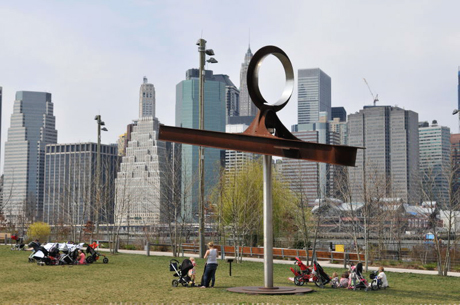Brooklyn Bridge Park: The book
Henrik Krogius and Joanne Witty untangle the tale of the ‘jewel’ of the Brooklyn waterfront

Brooklyn Bridge Park is a remarkable park with a remarkably complex history – and now two insiders who were there from the beginning are working together on a book chronicling the story of how all the moving pieces came together.
Henrik Krogius, Emmy-award winning news producer and recently-retired editor of the Brooklyn Heights Press & Cobble Hill News, is writing the park’s history with Joanne Witty, a director at the Brooklyn Bridge Park Corporation.
Author of “The Brooklyn Heights Promenade,” the history of that earlier project, Krogius has followed the story of Brooklyn Bridge Park closely from the outset, even preceding his 22 years as editor of the Heights Press. Witty, named president of the park’s LDC after it was formed, brings a wealth of inside information about the councils and debates that led to the compromises necessary to get the park built.